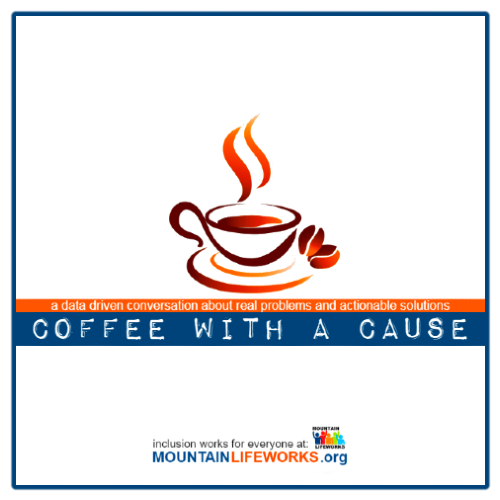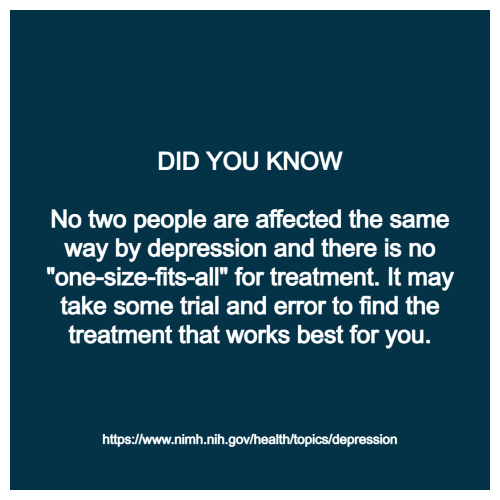
OCTOBER 2023 depression & NDEAM
October is Depression Awareness Month.
According to the World Health Organization Depression is the leading
cause of disability worldwide. About 21 million
Depression can affect people of all ages,
races, ethnicities, and genders. Depression can look different
from one person to the next. Some people may show symptoms
like being angry or irritable instead of being sad or disinterested.
In some cases, depression can manifest as physical symptoms like a
racing heart, tightened chest, headaches, or digestive issues. Men
are more likely to see a doctor about physical symptoms rather than
mental health concerns.
Depression | NAMI: National Alliance on Mental Illness
NIMH » Chronic Illness and Mental Health: Recognizing and Treating Depression

Coffee with a Cause october 2023
October is National Disability
Employment Awareness Month (NDEAM).
Data shows average disability unemployment and poverty rates are at least DOUBLE the non-disabled rates, while category specific disabilities have unemployment and poverty rates 5X to 8X the average. One example is almost 50% of 25-year-olds with Autism have never held a paying job. And of the 60% who got a job through vocational rehabilitation programs, 80% worked part-time at a median weekly rate below the poverty level.
National Disability Employment Awareness Month (NDEAM) | U.S. Department of Labor
Disability Mentoring Day | AAPD
AskEARN | Resource Library - Neurodiversity

Coffee with a Cause october 2023
Mountain Lifeworks complements existing programs with data driven solutions to balance mental health and economic interventions. Working age adults with disabilities live in poverty at a rate of 25% compared to only 9.3% of non-disabled. Adults living below the poverty level report mental distress 70% more often than adults in higher income households. Meaningful employment and equal opportunities are important tools to disrupt the poverty-depression cycle regardless of cause or community. These strategies mitigate disparities, reduce costs and improve outcomes for individuals, families and communities.
AskEARN | Home - Employer Assistance and Resource Network on Disability Inclusion
Depression | Workplace Health Strategies by Condition | CDC
ODEP | U.S. Department of Labor
Remember a balanced approach uses verified data to identify problems and to propose actionable solutions. Only those willing to have difficult conversations can solve difficult problems. The first step to solving any problem is accepting the data indicating a problem... not blaming the messenger or method of delivery.
So join us for Coffee with a Cause and let's keep the conversation going each month with more data and actionable real life solutions!